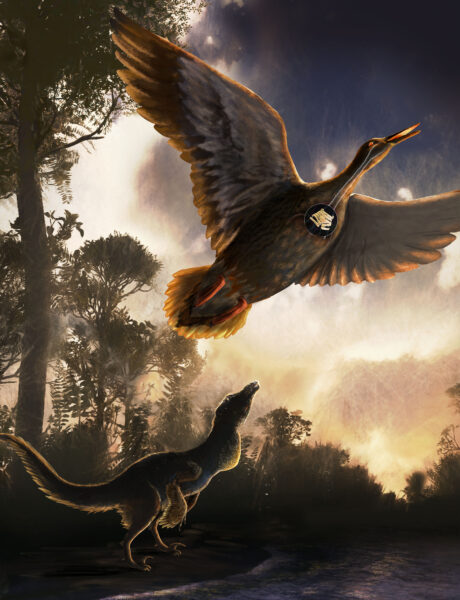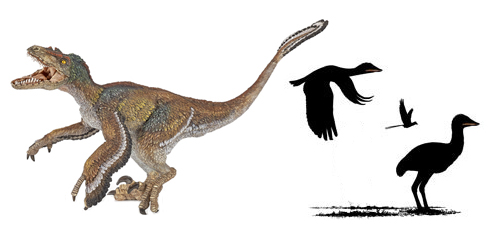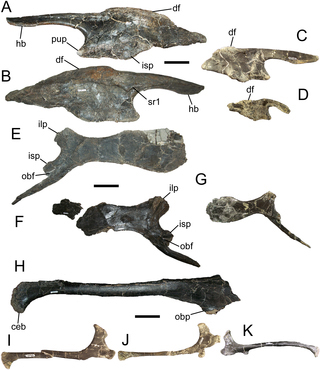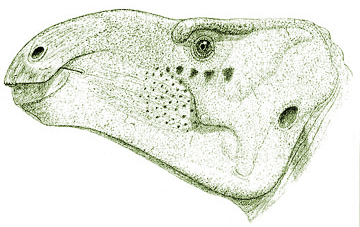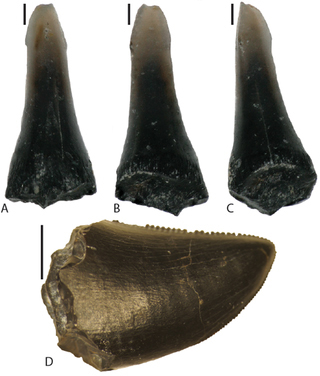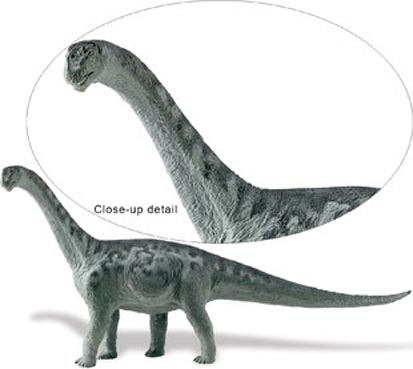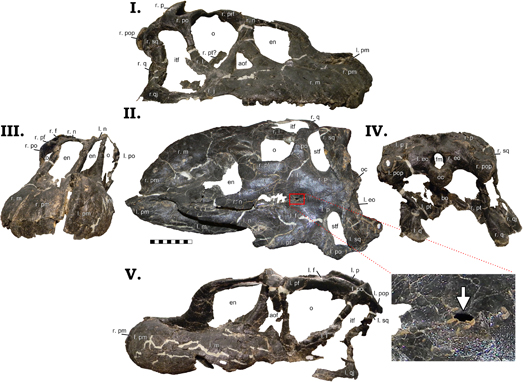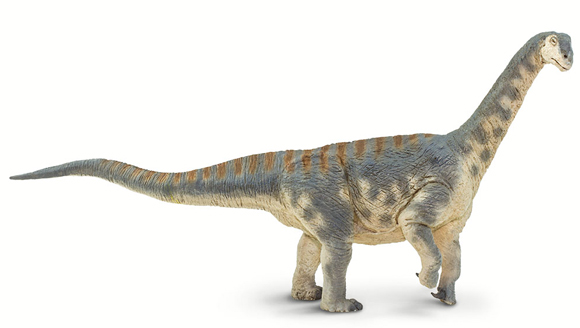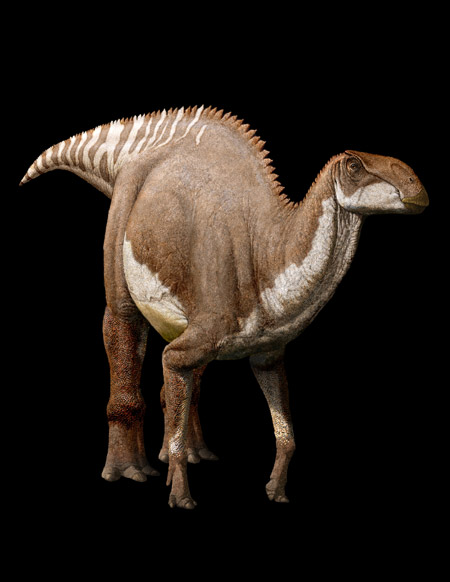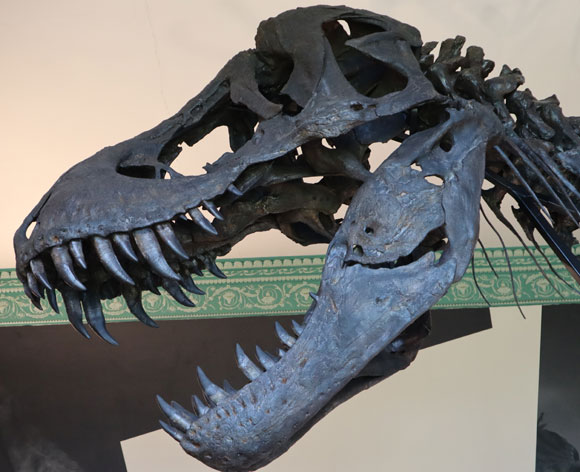Foul-mouthed Study – Variation in Duck and Goose Beaks
Diet Shaped the Evolution of the Beaks of Ducks and Geese
For Aaron Olsen, a walk in a park to see the ducks and other birds serenely swimming on the local pond has added significance. Ducks and geese, common waterfowl that we are all familiar with, have fascinated the postdoctoral researcher at Brown University (Rhode Island, USA). For Aaron, seeing gaggles of geese and rafts of ducks has led him to question how such a myriad of different beak forms have evolved within the waterfowl clade (Anseriformes). Publishing in the academic journal “Functional Ecology”, the scientist has concluded that different diets and different feeding strategies are the main drivers of beak shape.
The Beaks of Ducks and Geese Come in All Shapes and Sizes

From left to right a gradient of duck-to-goose-skulls. Research shows that waterfowl beaks vary primarily because of differences in diet and feeding behaviour.
Picture credit: Aaron Olsen
Ancient Anseriformes (Prehistoric Ducks and Geese)
The analysis of the relationship between beak shape and diet amongst waterfowl shows that feeding is most likely to be the major influence on bill shape, but it also suggests that the early members of the Anseriformes were more like ducks than geese. The main evolutionary driver when it comes to the shape of the beaks of waterfowl is their diet.
Commenting on his research, Aaron Olsen, of the Department of Ecology and Evolutionary Biology at Brown University stated:
“This is the most comprehensive look to date at the relationship between diet and beak shape.”
The oldest member of the Anseriformes is Vegavis (V. iaai), fossils of which have been found in Upper Cretaceous rocks (Maastrichtian faunal stage) of Antarctica. Waterfowl, the ancestors of today’s ducks and geese were present some 66 million years ago, although their evolutionary roots probably go back further into the Mesozoic.
Vegavis of Late Cretaceous Antarctica
Picture credit: Nicole Fuller/Sayo Art for University of Texas at Austin
Scientists have identified the vocalisation organ of Vegavis, this bird may have made a honking sound.
To read more about this research: Ancient Bird Box Sheds Light on the Sounds of Early Anseriformes.
Waterfowl – Different Beak Shapes
Whilst working at the University of Chicago and the nearby Field Museum of Natural History, Aaron set out to explore the reasons why waterfowl have such differently shaped beaks. He suspected that diet and feeding behaviour might play a pivotal role in beak morphology, but rather than compare diets and feeding strategies he undertook a detailed three-dimensional analysis of bird skulls and their bills. He then cross-referenced his findings with literature on the diet of each bird. A total of 136 specimens were involved in the study, covering 46 genera and 51 species.
As well as looking at living species, the study included an analysis of the recently extinct, flightless duck Thambetochen chauliodous of the larger Hawaiian Islands (except Hawaii), which prior to the arrival of domesticated animals, were the main browsers of vegetation on the isolated archipelago. The research also involved an analysis of the skull and beak of a much older water bird – Presbyornis spp. from the Palaeocene and the Eocene Epochs.
Extant Goose Skull and Extant Duck Skull Compared to the Ancient Anseriform Presbyornis
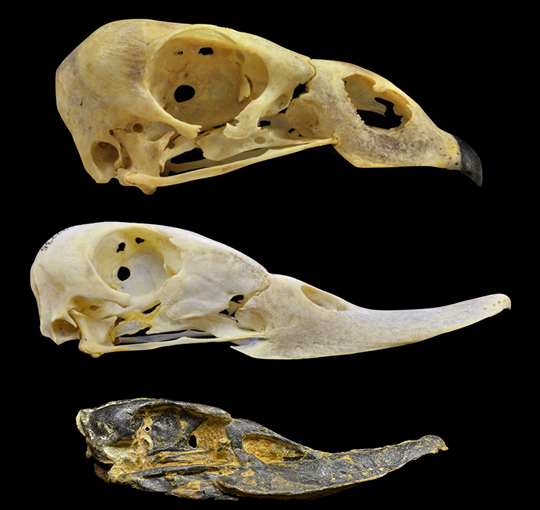
A Cape Barren goose skull (top) has a very different beak than that of a freckled duck (middle), which does resemble the fossil skull of Presbyornis (bottom).
Mathematical Analysis – Plotting Beak Evolution
Data analysis revealed that there was a strong correlation between dietary preferences and beak shape. Ducks tend to have relatively long, wide-tipped beaks that can accommodate a lot of water. Ducks feed by filtering out food such as invertebrates and plant seeds from water, whereas geese evolved to feed on the leaves and roots of plants (although some still filter feed). Most geese have shorter, narrower beaks better designed for browsing on plants.
Dr Olsen contends that the correlation between beak morphology and diet is so strong that other roles for beaks, such as preening and cooling would have had little influence, although he does not rule out these other functions having a role in the evolution of beak shape.
First Ducks then Geese
In a review of the scientific literature, Aaron, a specialist in anseriform research, suggests that the early ancestors of extant ducks, geese and other related waterfowl, were very duck-like. Geese-like beaks evolved later, evolving several times in several places. In summary, Dr Olsen concludes a duck-like beak is ancestral for most waterfowl with several independent transitions to a more goose-like beak shape occurring over time.
Next time you are in the park, take a look at the ducks and other water birds, the ancestors of these birds lived alongside the dinosaurs. It’s also worth noting that ducks and geese are technically dinosaurs too, after all, they are all members of the Theropoda.
Non-Avian Dinosaurs and Avian Dinosaurs (Birds)
Picture credit: Everything Dinosaur
The scientific paper: “Feeding Ecology is the Primary Driver of Beak Shape Diversification in Waterfowl”, by Aaron M. Olsen published in Functional Ecology.
Visit the Everything Dinosaur website: Everything Dinosaur.


